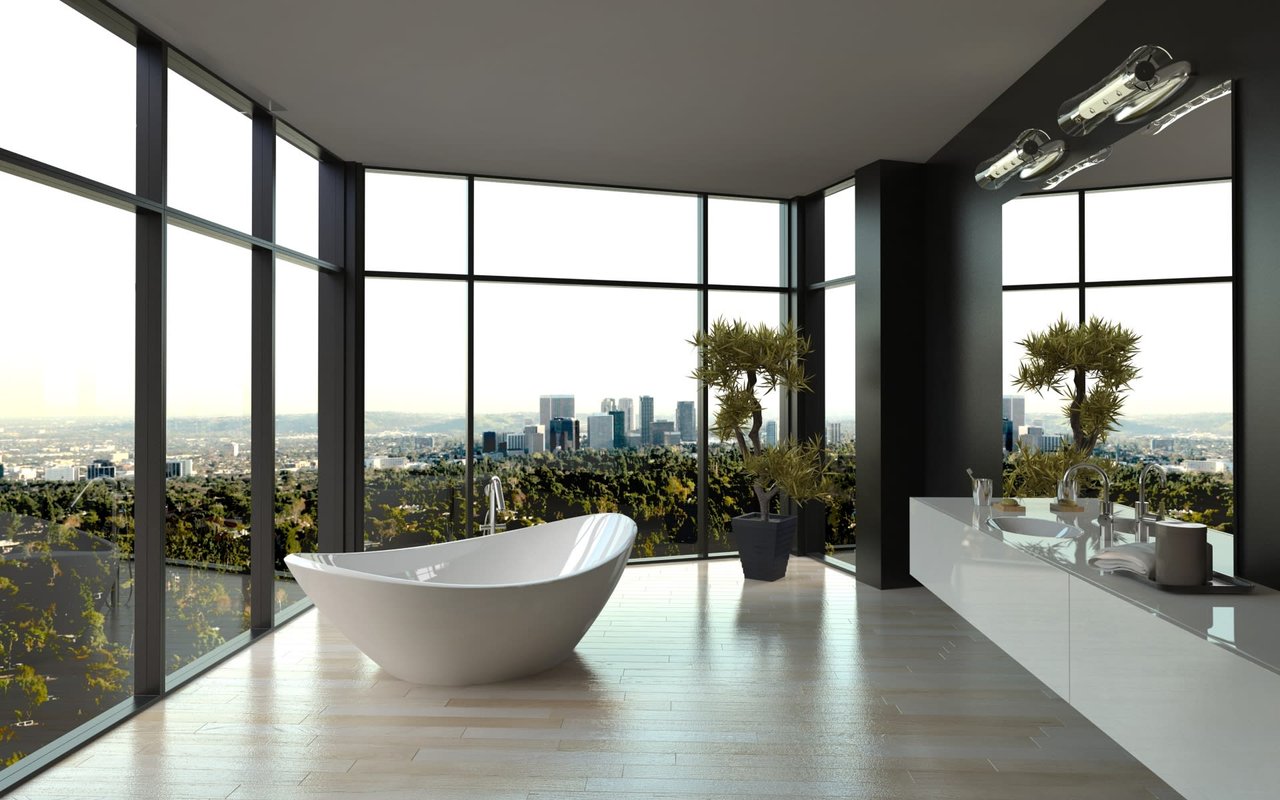When I am listing a home, sellers many times ask me what features buyers in the Pacific Palisades real estate market look for.
Energy-efficient “green” homes are now at the top of the list of features buyers most desire. There’s no selling point quite like a home that helps save money while helping to save the planet. In this tight economy, savvy buyers have learned to keep an eye on the future and want to save on operating costs after they buy their new home.
One in four (25 percent) of all single-family homes built in 2010 earned EPA’s Energy Star rating, up from 21 percent in 2009, according to the U.S Environmental Protection Agency.
The Yahoo! Home Horizon study of 1,545 homeowners, buyers, sellers and renters found:
- More than four out of five (81 percent) say owning a home is still part of the American Dream.
- Fifty percent said energy-efficient appliances and ‘green’ building materials is a requirement for their dream home, followed by water views and building a custom home (both 38 percent), suburban location (31 percent) and beach location (27 percent).
- Sixty percent of those in the market say that green/energy-efficient appliances are amenities they want in their next home.
- Twenty-seven percent of those in the market say that finding a more energy-efficient home is a key reason for seeking a new home.
In the past, resistance to “green” homes has been tied to the greater cost to build green than to build the old-fashioned way — without considering the planet.
However, that’s been offset, not just by the energy savings over time, but the premium price green homes reap when resold. They sell for as much as $20,000 to $50,000 more than a comparable home without major energy-efficient construction. To offset worries about your house not appraising for the higher value, the Appraisal Institute has introduced a “Residential Green and Energy Efficient Addendum” (Form A1- 820.03) to better analyze the value of energy-efficient home features, along with additional resources to aid in the valuation of green properties.
So you want to add value to your home and help save the planet and are wondering how to get started? Don’t be daunted by discussions touting super “spinach-green” homes, hyper-efficient properties that consume zero or near-zero energy and are off the grid and out of your price range. Here are some first steps to get you on your way:
- Under-sink water filters can eliminate bad tastes, odors, even lead and chloroform while cutting out the use and expense of bottled water. Many bottled-water purveyors sell filtered tap water as bottled water.
- Low VOC paint. Volatile organic compounds (VOCs) are the noxious chemicals that create a paint smell, can cause headaches and dizziness and are linked to pollution, smog and respiratory problems. Find the VOC level listed on the paint can.
- Dual flush toilets. Replace your old toilet with a dual-flusher for $300 to $400 and get a small flush for Number 1 visits and a larger flush for Number 2 visits. With technology in the toilet you’ll save on both flushes, compared to older toilets.
- Wood Floors. If you are installing wood floors, use wood from trees that grow quickly like bamboo. Reclaimed wood is also a great alternative as is cork.
- Water-saving shower heads. Likewise, you can save water with a low-flow model for $50. Shower heads with three settings allow you to get that near-massage feeling even while saving water.
- Energy Star appliances. Refrigerators run around the clock and washing machines and dishwashers use both water and heat. Energy Star appliances are a no-brainer energy upgrade and a good selling point.
- Landscaping. Plant native trees that don’t require excessive watering.
Additionally, don’t forget small things like replacing air filters, caulking doors and windows, using programmable thermostats and auto turn-off power strips and installing CFL or LED lights.
Now that you’re on your way, don’t forget to check the state and federal tax credits. In some cases, 30 percent of the cost with no upper limit can be written off.


